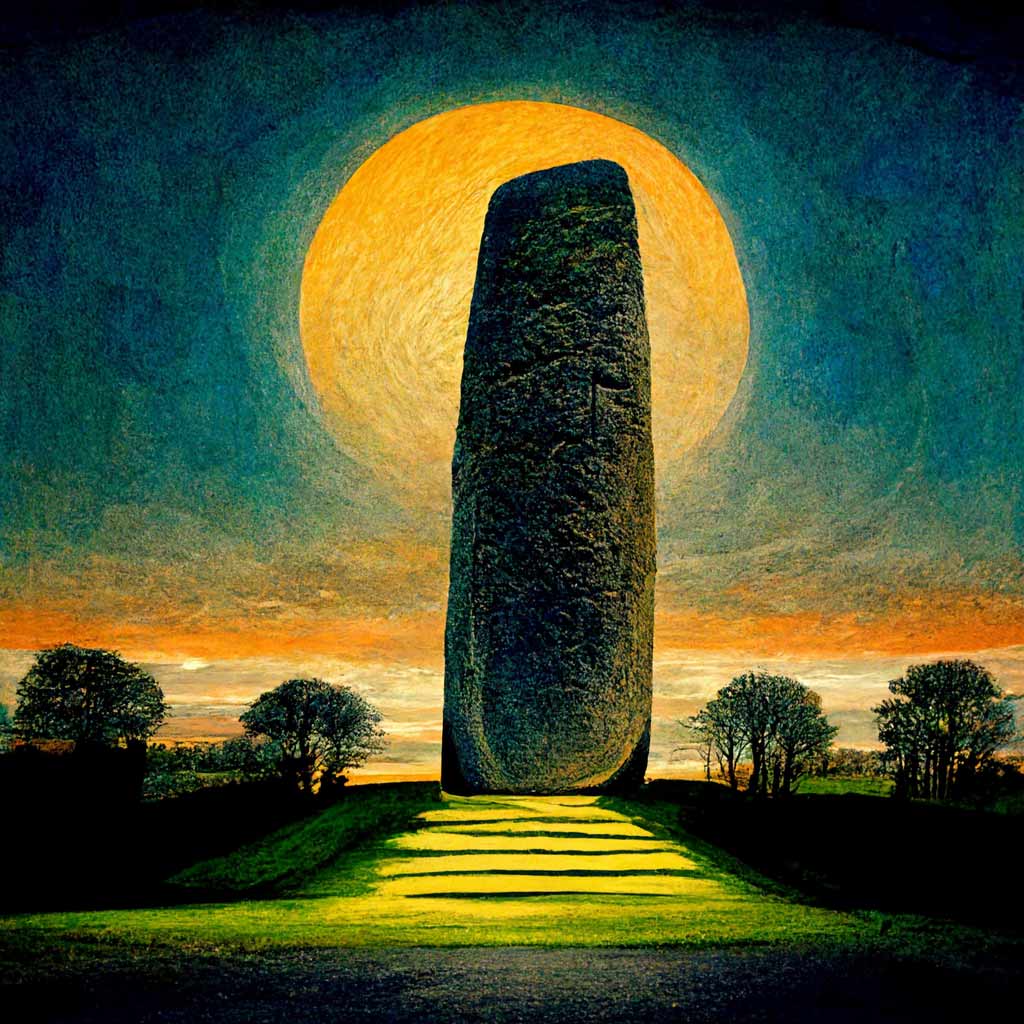
Lia Ailbhe - the largest standing stone in Brega
A giant standing stone once stood in the east of Ireland, probably somewhere in Meath and most likely close to the Fourknocks passage-tombs.
The standing stone was called Lia Ailbhe (the Stone of Ailbhe) and was described in the annals as a very substantial monument.
In the Annals of Ulster, we read: "Lia-Ailbhe, the principal monument of Magh-Bregh, fell. Four millstones were afterwards made of it by Maelsechlainn."
Willliam Hennessy, in his footnotes to the annals, says that Lia Ailbhe was "The Stone of Ailbhe" and suggests that "Magh-Ailbhe, a plain in the county of Meath", had its name preserved in that of Moynalvy, a townland in the barony of Lower Deece. Moynalvy, however, is situated a long way from Fourknocks.

The Placenames Database of Ireland has an entry suggesting that the village of Clonalvy, adjacent to Fourknocks near the border of County Meath with County Dublin, "seems a likely location for the famous Lia Ailbhe, the standing stone described in AU [Annals of Ulster] as 'the chief monument of Brega' (príomh-dindgnai Maighi Bregh) in 999, when it fell and was made into four mill-stones by Maelsechlainn the High King'. This is apparently quoted from Byrne, Excavations at Knowth, Proceedings of the Royal Irish Academy 6^C4, p. 396.
The complex of passage-tombs on the Fourknocks ridge and the associated henge monuments of that area (likely to be Late Neolithic in date) have been tentatively identified by scholar Kelly Kilpatrick as the cemetery identified in Senchas na Relec (the Lore of the Cemeteries) as Lúachair Ailbe (lúachair means a rushy place or a marsh).

Of the prímreilce recorded in II, Lúachair Ailbe, the fourth of the cemeteries,
is only mentioned in SnR (LU and TCD), and is not elaborated upon. It is not the same place-name as Óenach Ailbe, which immediately follows it in SnR. The second element implies Lúachair Ailbe was probably located in one of the medieval plains known as Mag nAilbe. It has been suggested that Lúachair Ailbe was located in the parishes of Clonalvy and Moorechurch in the barony of Upper Duleek, Co. Meath. A similar name, Lia Ailbe ‘the Stone of Ailbe’, is described as ‘the chief monument of Brega’; Byrne suggests that Clonalvy is ‘a most likely location’ for the Lia Ailbe. Lúachair Ailbe and Lia Ailbe might be one and the same since they are both possibly identified with the area of Clonalvy, Co. Meath.
Sadly, whatever the exact nature and extent of Lia Ailbhe was in former times, we may never know. It was apparently broken by the High King Maelsechlainn and made into mill-stones. Thankfully, much of the Fourknocks complex remains intact, including the trio of passage-tombs excavated by PJ Hartnett in the early 1950s, of which the best example is Fourknocks I, the tomb accessible to the public and descibed by Hartnett as of the Boyne Valley type of monuments.
Note: The conceptual images depicting Lia Ailbhe on this page were made using MidJourney AI.

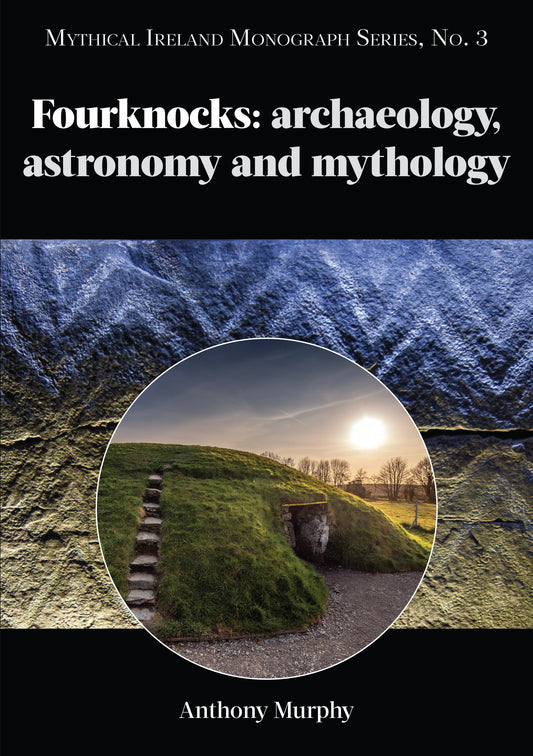
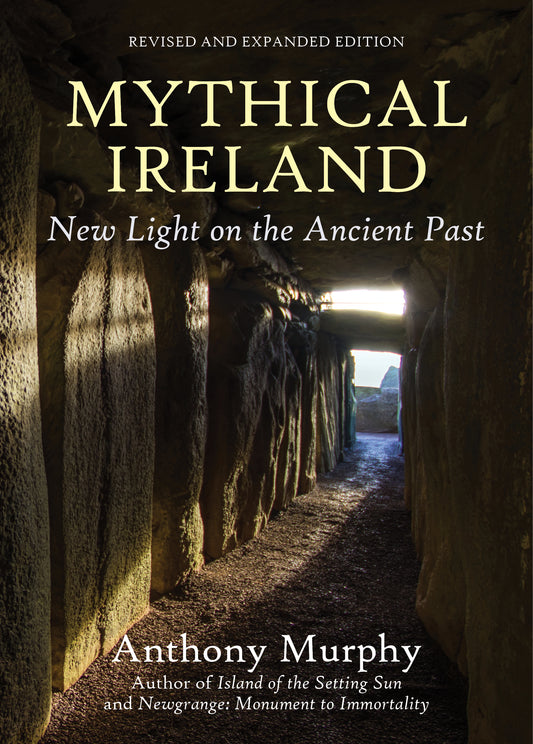
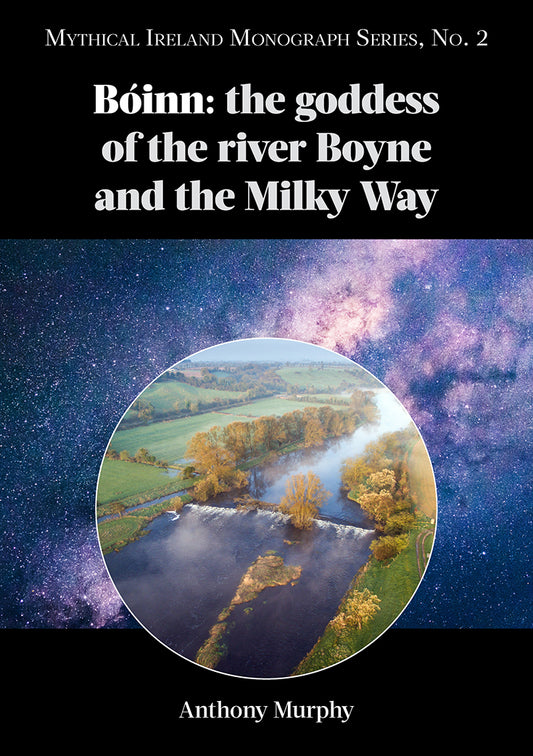
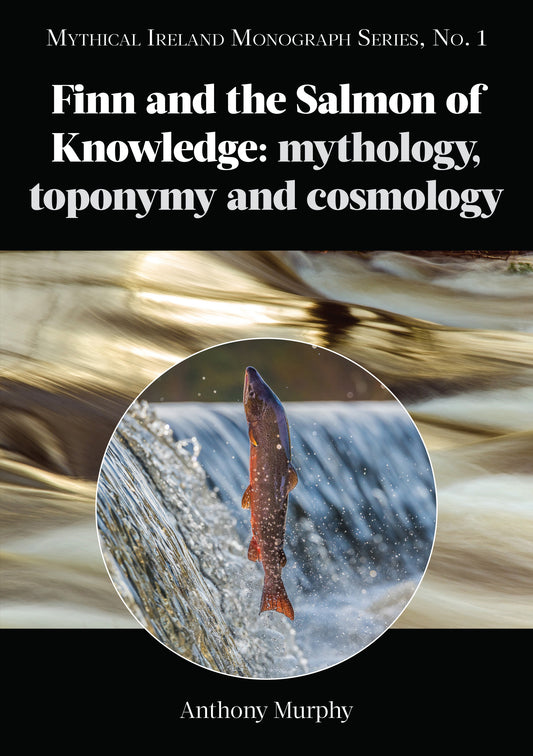
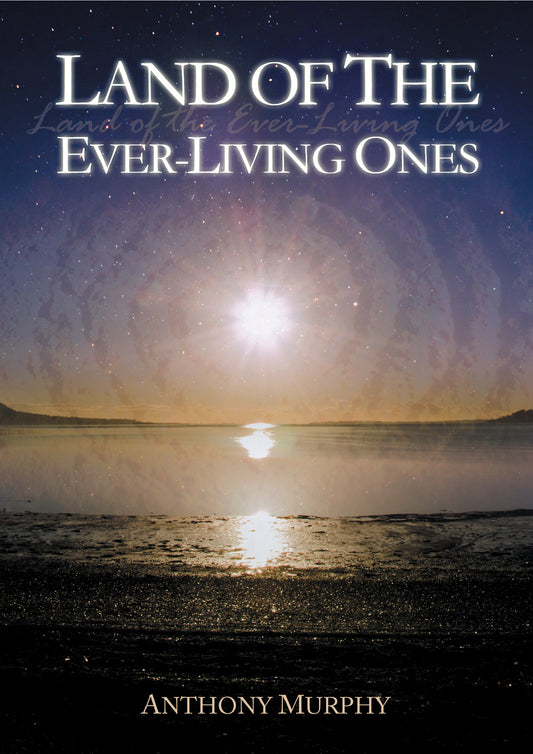
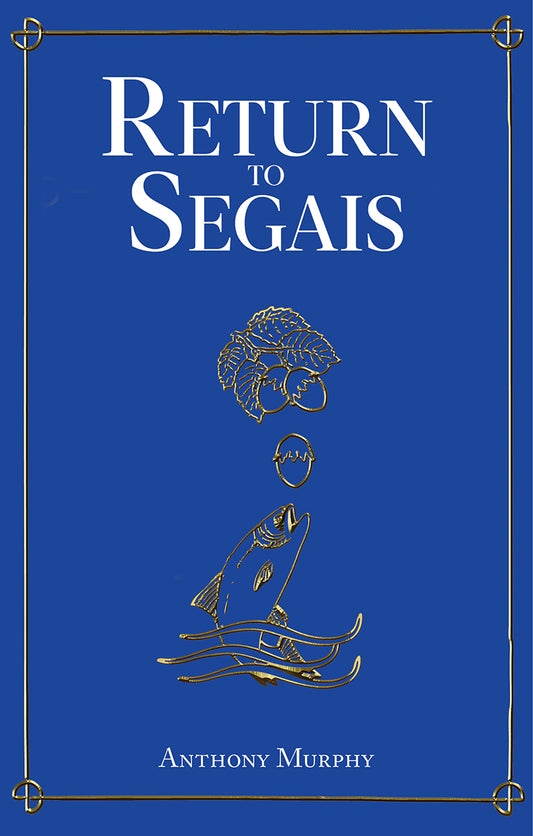
3 comments
Hi Anthony, Thanks for the fab talk on Dec 21st in Fournocks. We will see if we can elaborate on any further details of the Lia Ailbhe and Brega next year. Regards from Ardcath Clonalvy Heritage Society (ACHS).
Hi Anthony, I came across the Liath Ailbhe information a few years ago when doing some ‘research’ for a tour in the Fourknocks area, and its great to see it here in your blog.
There is also the fact that the Delvin river is… an Ailbhine.. in gaelic and on the road signs in the area. I also came across in the lore somewhere that the Fianna had a fort up in Garristown and one of the female warriors was known as Ailbhe . I could be wrong but the source of the Delvin springs from the Garristown area also. Either way we could be talking about a female deity here associated with the river and with a monument somewhere along its course…..Just my thoughts.
Hi Anthony, I came across the Liath Ailbhe information a few years ago when doing some ‘research’ for a tour in the Fourknocks area, and its great to see it here in your blog.
There is also the fact that the Delvin river is… an Ailbhine.. in gaelic and on the road signs in the area. I also came across in the lore somewhere that the Fianna had a fort up in Garristown and one of the female warriors was known as Ailbhe . I could be wrong but the source of the Delvin springs from the Garristown area also. Either way we could be talking about a female deity here associated with the river and with a monument somewhere along its course…..Just my thoughts.